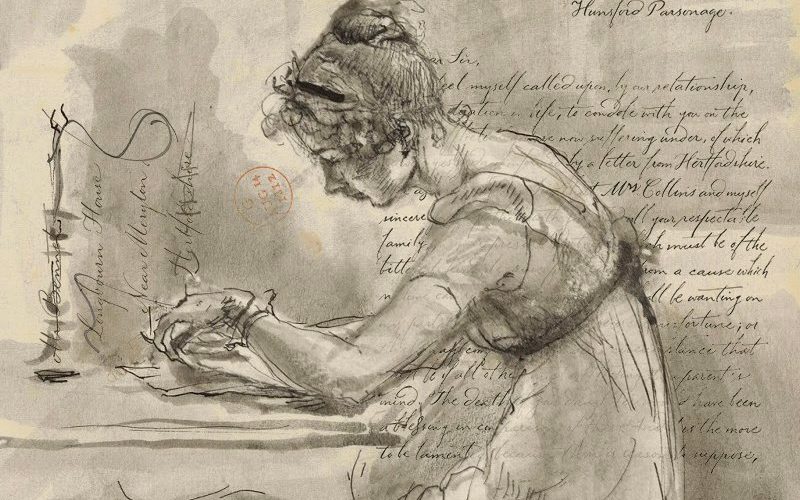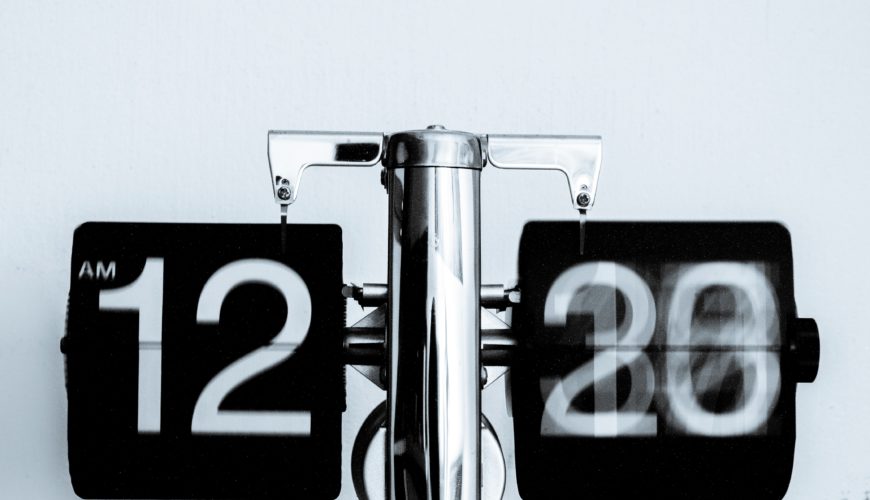Jane Austen wrote some of the most regarded English novels during the late 1700s and early 1800s. In addition to writing books such as Pride and Prejudice, Persuasion and Emma, Austen also penned numerous letters. Not all of her letters survive today, but those that do provide an intimate glimpse into the author’s life.
Letters in England During Austen’s Time
Jane Austen’s affinity for letters was a product of her time, when the letter was a standard medium of correspondence between business partners, family members, friends and courtiers.
Readers of Austen will be familiar with how often letters show up in Austen’s own works. All books have scenes where received letters bring news, invitations, and intimate words from romantic partners-to-be. Austen even composed a juvenile work early on, Love and Friendship, that’s entirely composed in letter form.

Writing letters was thus not a unique habit of Austen, but rather a standard way to communicate with people local and distant. Austen just happened to write an unusually large number of letters.
Jane Austen’s Letters to Cassandra
Jane Austen wrote most often with her older sister, Cassandra, especially once Cassandra was married and moved away. The two are believed to have exchanged thousands of letters that covered all manner of topics. Everything that might be discussed between sisters was likely covered in these.
Of the numerous letters, however, only 161 historical letters survive today. Cassandra destroyed the vast majority of her letters to and from Jane, in an effort to maintain Jane’s reputation as one of England’s best writers. Anything that could’ve given rise to gossip was destroyed.
Austen’s Historical Letters That Survive
Even though only a small fraction of Jane Austen’s letters still survive, the historical letters that are available provide an intimate view into Austen’s life, world and writing.
Austen writes to Cassandra about an “Irish friend” whom she had only a couple of dances with (January 9, 1796), house hunting with her mother (May 21, 1801), and how the cook was doing (May 31, 1811). The cook’s food was “at least tolerable,” with Jane noting “her pastry is the only deficiency.”
The informed reader will find veiled allusions to cultural issues of Jane’s day hidden between the lines of these letters. She tells Cassandra not to scold her, because she and her “Irish friend” behaved. Some in Jane’s circles might’ve been prejudiced against the Irish, and they certainly had a non-Puritan reputation on the dance floor. The changes in women’s dress “amused” Jane later in her life (September 2, 1814).
Finally, avid readers of Austen will recognize her style even though these letters weren’t meticulously revised innumerable times. Her own emphasis is shown through em-dashes, and her lines of thought can be seen in where the periods and semicolons are. Even ampersands are included where Austen originally used them for shorthand.

Available to Readers
Jane Austen’s historical letters that survive are readily available to readers, as they’ve been published in both online and print formats. For those who’ve read her novels, the letters are a logical next reading if you want to know Austen more.




